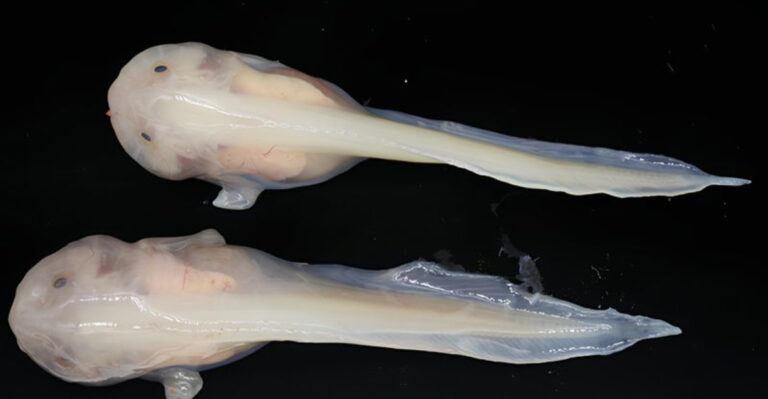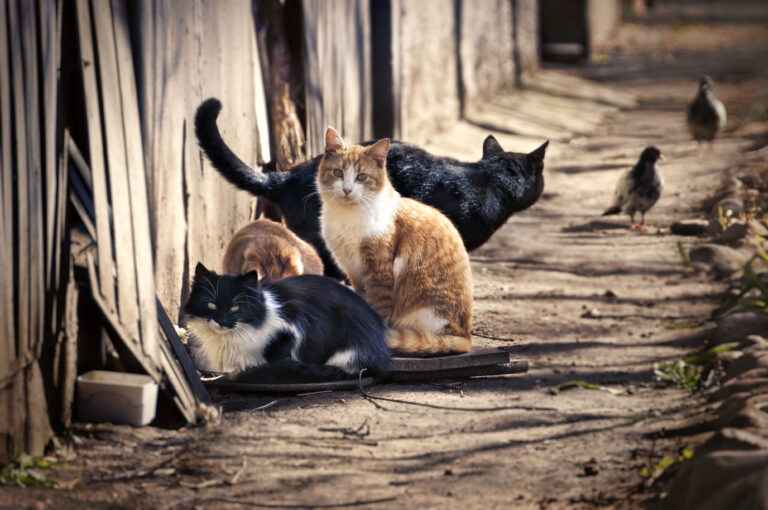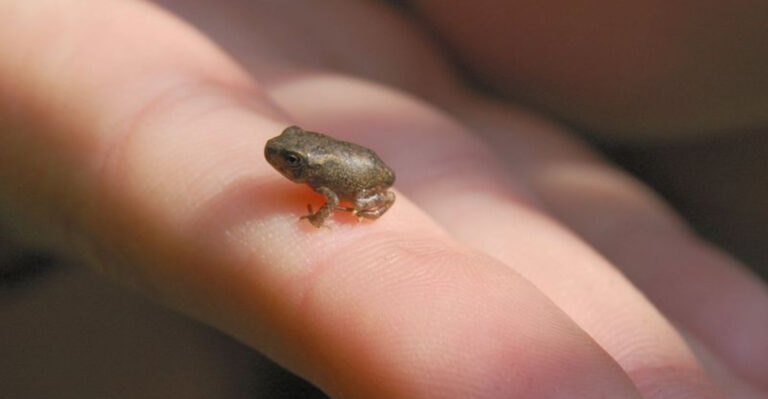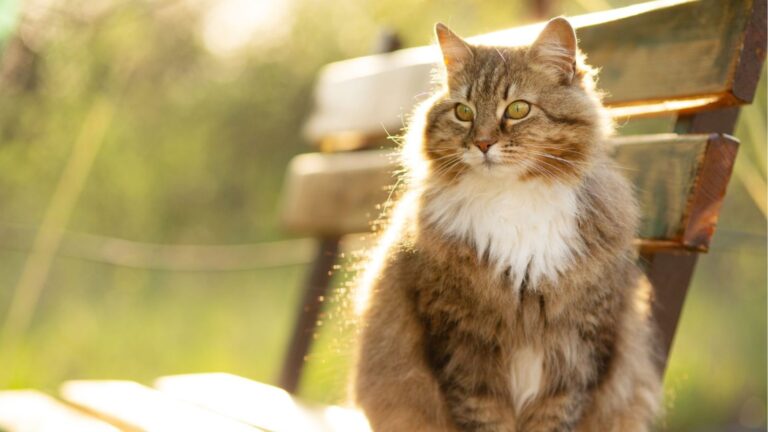20 Terrifying Animals That Prove Nature Should Be Feared
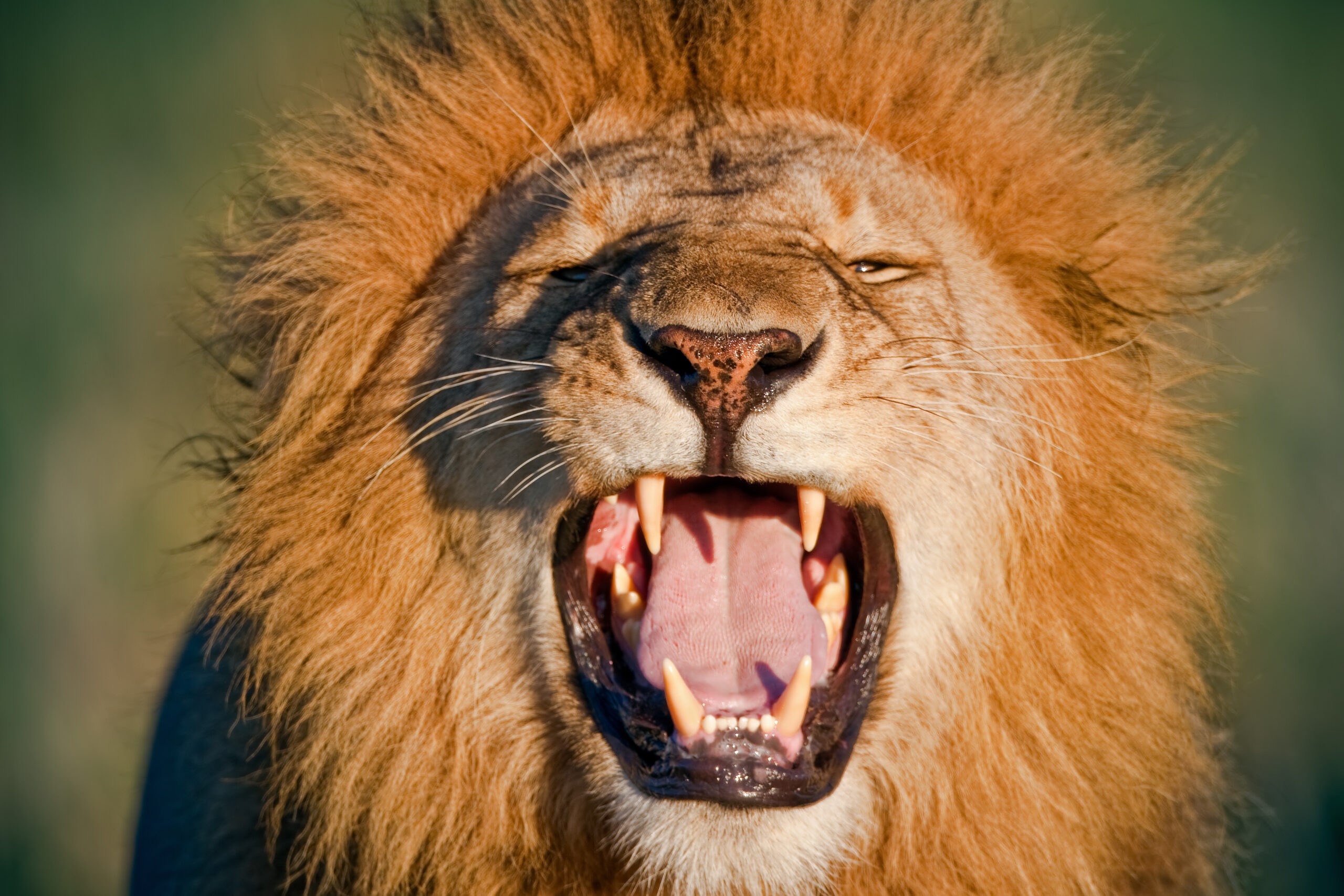
The natural world is full of creatures that inspire awe and wonder, but it also harbors some truly terrifying beasts that remind us just how formidable nature can be. From the depths of the oceans to the dense jungles, these animals possess characteristics that can send shivers down your spine.
This list explores such animals, each with a unique trait that makes them a force to be reckoned with. Read on, if you dare, to discover the creatures that prove nature should indeed be feared.
1. Saltwater Crocodile
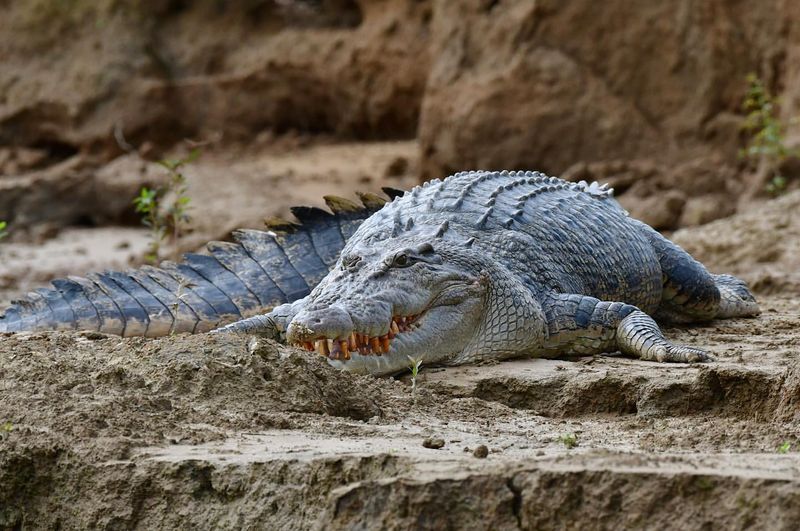
Lurking in the brackish waters of estuaries and rivers, the saltwater crocodile is a formidable predator. These giants can grow over 23 feet long and weigh more than a ton, making them the largest living reptiles on earth.
Their powerful jaws can snap with a force of 3,700 pounds per square inch, enough to crush bones with ease. When it comes to hunting, they are ambush predators, lying in wait beneath the water’s surface with only their eyes and nostrils visible.
They strike with a burst of speed, dragging their prey into the water in a lethal roll. Despite their fearsome reputation, these crocodiles play a crucial role in their ecosystem, controlling fish populations and maintaining balance.
However, caution is advised when entering their territory, as they are known to be aggressive towards humans.
2. African Lion
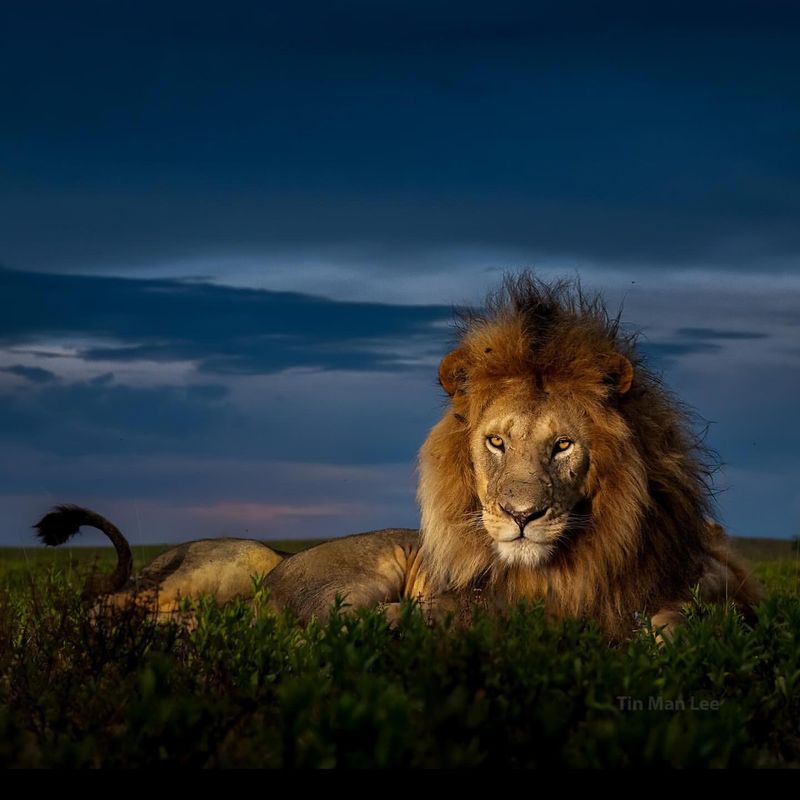
The African lion, often referred to as the “king of the jungle,” is a symbol of strength and courage. These apex predators are social animals, living in prides that can range from a few individuals to over thirty members.
Their cooperative hunting tactics make them highly efficient hunters, capable of taking down prey much larger than themselves. Lions are most active during dusk and dawn, using the cover of low light to stalk their prey.
Once a target is selected, they work together to encircle and overpower it, relying on their incredible strength and speed. In addition to their physical prowess, lions are known for their distinctive roars, which can be heard up to five miles away and serve as a means of communication within their pride.
While they are awe-inspiring creatures, their declining population is a cause for concern and conservation efforts are crucial.
3. Box Jellyfish
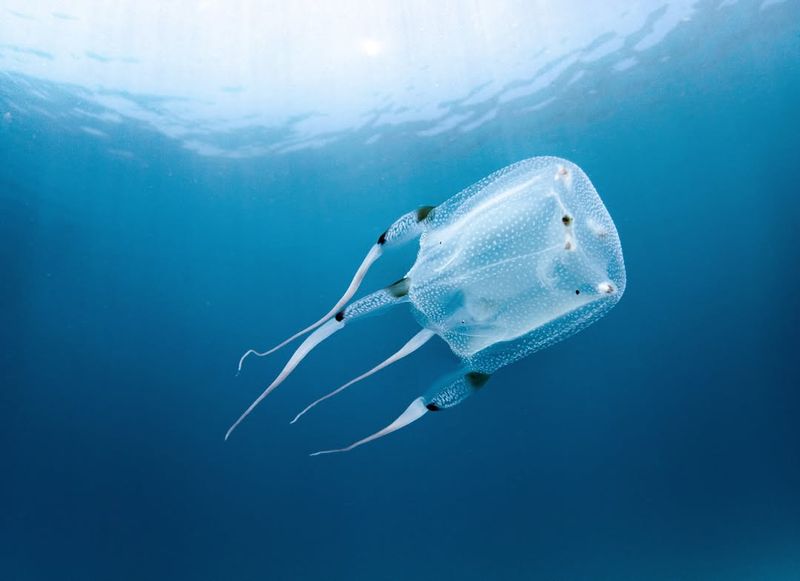
The box jellyfish, residing in the waters of the Indo-Pacific, is both fascinating and lethal. Known for its cube-shaped bell and long, venomous tentacles, this jellyfish is responsible for numerous fatalities each year.
Its sting is extremely painful and can cause cardiac arrest, making it one of the most stunning but poisonous marine animals. The tentacles can reach lengths of up to 10 feet and contain nematocysts that inject venom upon contact.
Despite their lethal nature, box jellyfish are almost invisible in the water, making them difficult for swimmers to spot. Their transparency allows them to blend seamlessly into their surroundings. Understanding and respecting this creature’s habitat is vital for safety.
Many beaches in areas where they are prevalent have warning signs and nets to protect swimmers, highlighting the need for awareness and caution.
4. Great White Shark
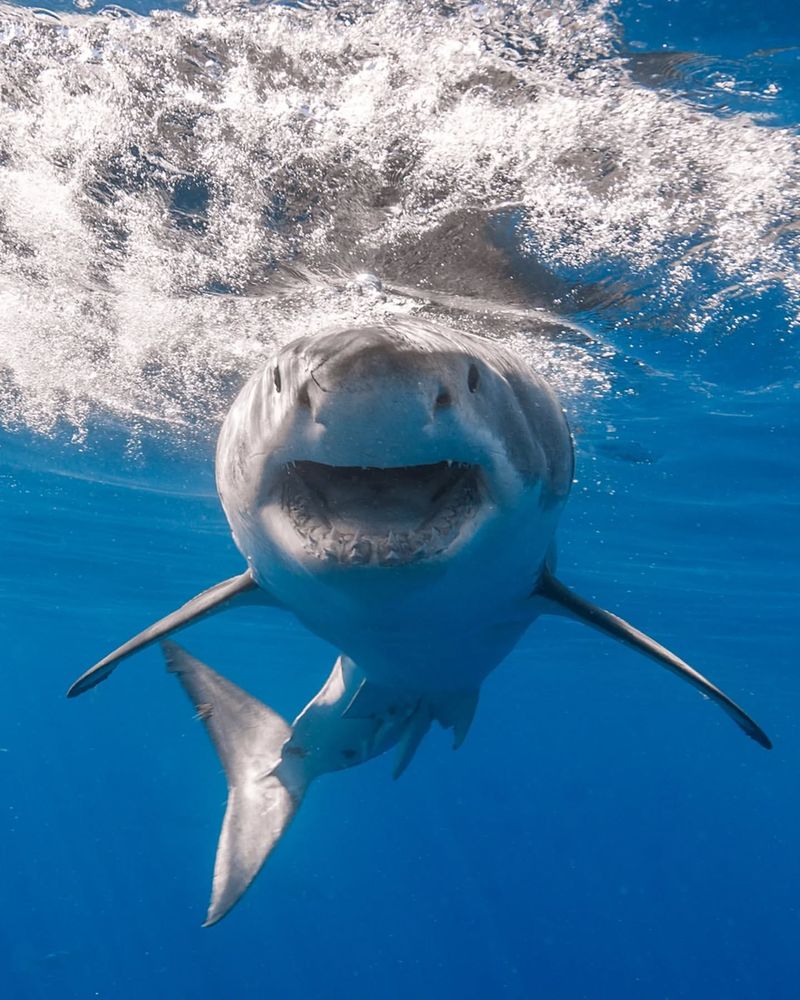
Few animals evoke more fear than the great white shark, a powerful predator of the ocean’s depths. With a streamlined body and keen sense of smell, these sharks are highly efficient hunters, capable of detecting a drop of blood from miles away.
Great whites can grow up to 20 feet in length and weigh over 5,000 pounds, making them one of the largest predatory fish. They are known for their breaching behavior, leaping out of the water to catch seals and other prey in a spectacular display of power.
While their reputation as man-eaters is largely exaggerated, great whites must be respected for their role in the marine ecosystem.
They help maintain the balance by controlling the populations of other marine species, but encounters with humans can be dangerous, necessitating caution and respect for their domain.
5. Komodo Dragon
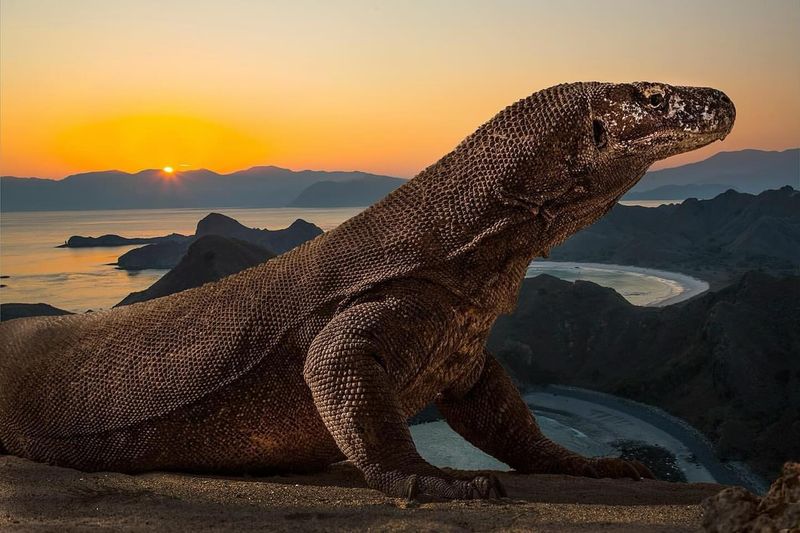
The Komodo dragon is the world’s largest living lizard and a formidable predator on its native islands in Indonesia. Growing up to 10 feet long and weighing over 150 pounds, these reptiles are armed with sharp claws and serrated teeth.
Their bite is particularly dangerous due to the presence of venom, which can cause paralysis and shock in their prey. Komodo dragons employ their keen sense of smell to track down carrion and are known to hunt large mammals, including deer and buffalo.
Despite their lumbering appearance, they can move swiftly when capturing prey, using their powerful tails and muscular bodies to overpower victims. Human interactions with Komodo dragons can be perilous, and it is essential to observe them from a safe distance, appreciating their position as apex predators in their environment.
6. Hippopotamus
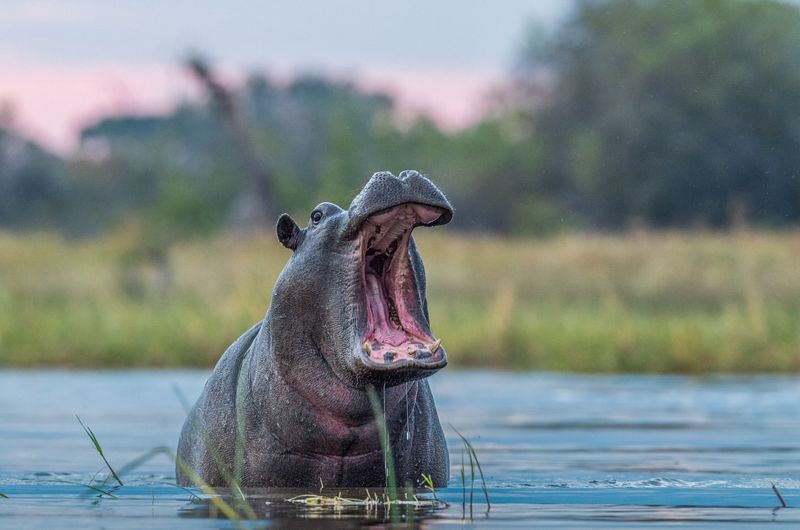
The seemingly placid waters of Africa’s rivers and lakes are home to the formidable hippopotamus. Despite their stocky build, hippos are surprisingly aggressive and are responsible for more human fatalities in Africa than any other large animal.
Weighing up to 3,300 pounds, these massive creatures are equipped with powerful jaws and tusks, capable of delivering devastating bites. They spend most of their time submerged in water to keep cool, emerging at night to graze on land.
The territorial nature of hippos makes them dangerous, often displaying aggression towards intruders, including boats and humans.
Their ability to move swiftly both in water and on land further adds to their threat level. It’s crucial to maintain a safe distance and respect their space to avoid potentially dangerous encounters.
7. King Cobra
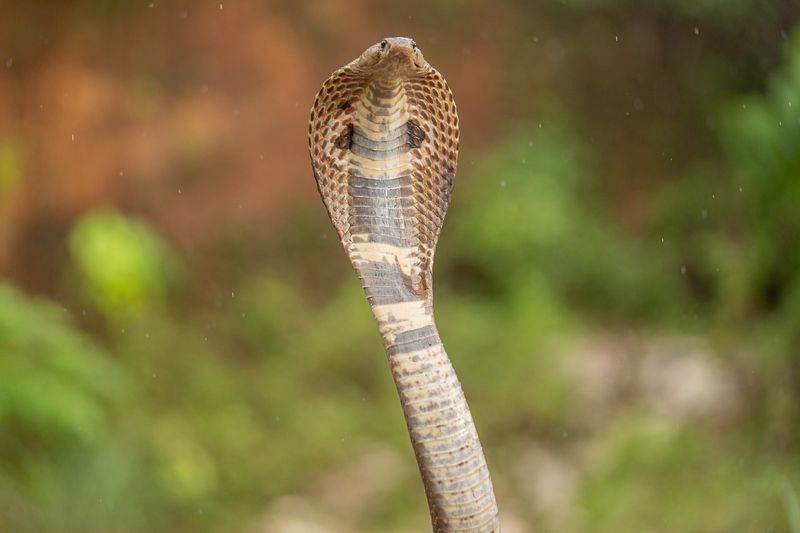
Slithering through the dense forests of Southeast Asia, the king cobra is a snake that commands respect and fear. Growing up to 18 feet in length, it is the longest venomous snake in the world. Its venom is potent enough to end an elephant’s life with a single bite.
King cobras are highly intelligent reptiles, known for their ability to “stand up” by lifting a third of their body off the ground. When threatened, they spread their iconic hood and hiss loudly, warning of their presence.
Despite their fearsome reputation, they generally avoid humans, preferring to prey on other snakes. Understanding their behavior and habitats can prevent dangerous encounters. Conservation efforts are critical, as habitat loss poses a threat to their survival.
Observing these majestic serpents from a distance is the safest way to appreciate their role in the ecosystem.
8. Cassowary
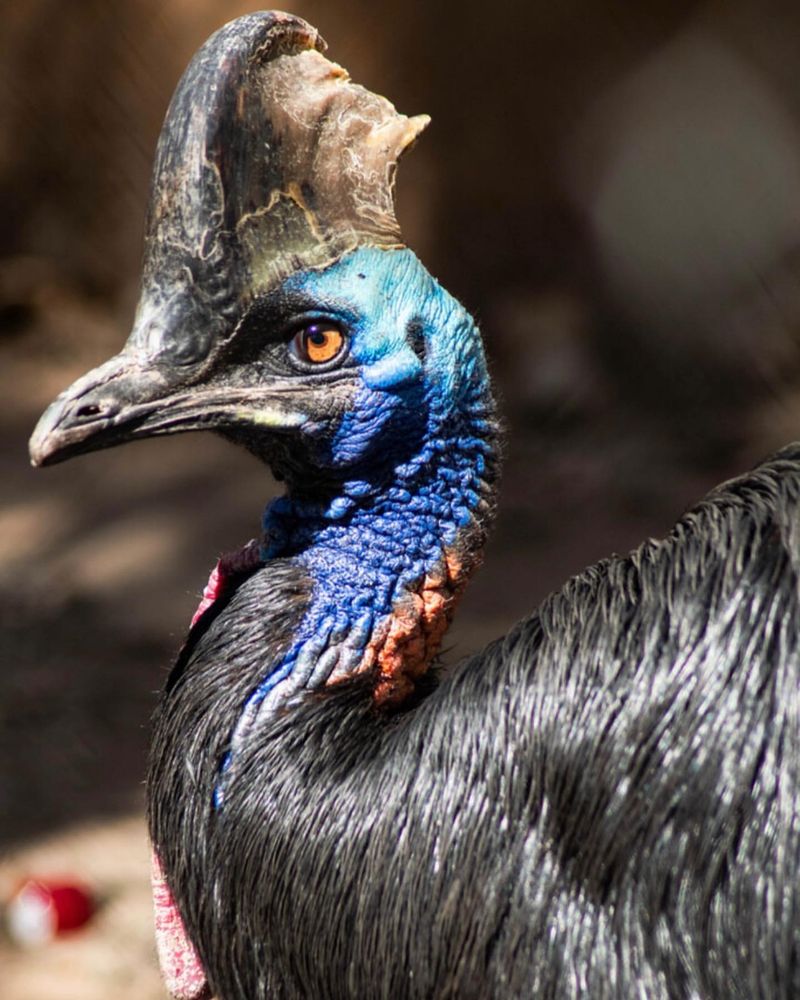
In the rainforests of Northern Australia and New Guinea, the cassowary reigns supreme. This large, flightless bird is often considered the most dangerous bird in the world. With dagger-like claws that can grow up to 5 inches long, they are capable of delivering lethal kicks to potential threats.
Cassowaries are solitary and territorial, known to become aggressive when provoked. Their striking blue and black plumage, along with a helmet-like casque atop their heads, gives them a prehistoric appearance.
Despite their fierce reputation, they play a vital role in their ecosystem, aiding in seed dispersal. However, encounters with humans should be approached with caution, as their defensive nature can lead to unexpected attacks.
Ensuring a respectful distance is crucial when observing these magnificent birds in the wild.
9. Black Mamba
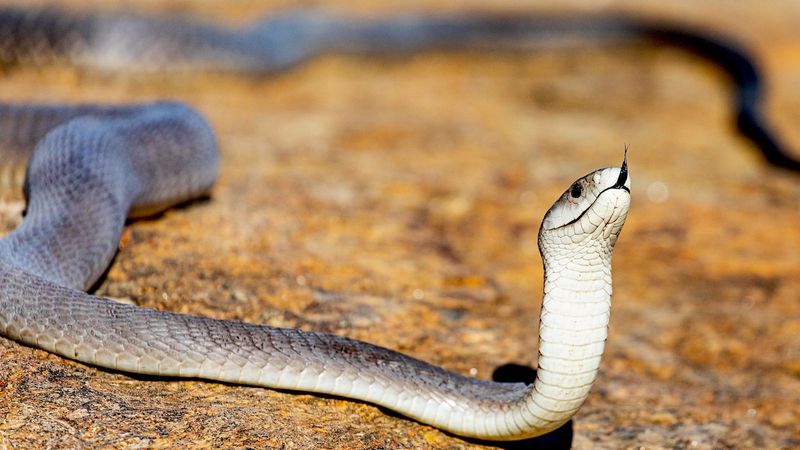
The black mamba is a creature that embodies speed and lethality. Found in the savannas and rocky terrains of Africa, this snake is both feared and revered. Capable of reaching speeds up to 12 miles per hour, it strikes with precision, delivering a potent neurotoxic venom that can be fatal if untreated.
Despite its name, the black mamba is not actually black but rather a dark brown or olive color. The inside of its mouth is inky black, which it displays as a warning sign when threatened. While black mambas are shy and prefer to avoid humans, they can become highly aggressive if cornered.
They are known to strike repeatedly and deliver several bites in rapid succession. Respect for their territory and understanding their behavior is vital to avoid dangerous encounters. Conservation efforts are essential to protect this iconic species.
10. Pufferfish
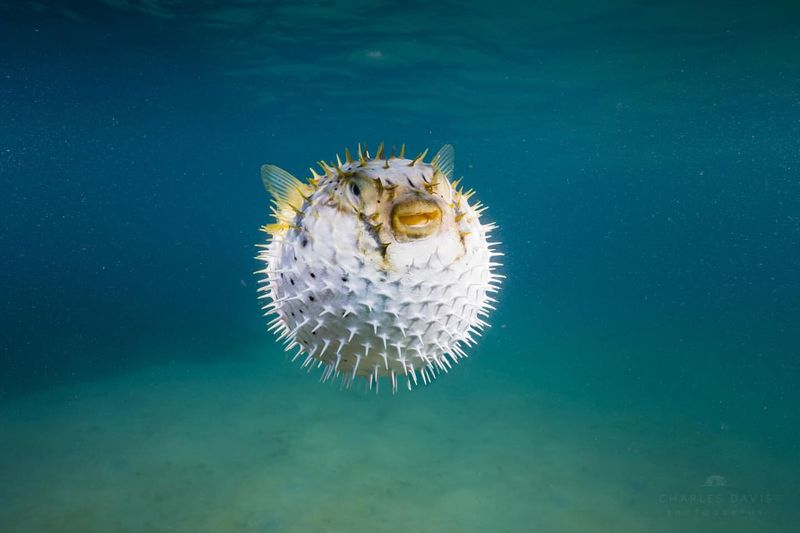
The seemingly benign pufferfish holds an extremely dangerous secret. Found in tropical and subtropical waters, this fish is known for its ability to inflate itself into a spiky ball as a defense mechanism. However, its true danger lies in its toxicity.
Pufferfish contain tetrodotoxin, a potent neurotoxin that is lethal to predators and humans alike. Just a small amount can cause paralysis and respiratory failure. Despite the risks, pufferfish are considered a delicacy in some cultures, requiring careful preparation by trained chefs to avoid poisoning.
Their unique ability to ward off predators by puffing up is fascinating, yet it serves as a reminder of the hidden dangers within the marine world. It’s important to appreciate their beauty from a safe distance and respect the potential hazards they pose, both in the wild and on the plate.
11. Polar Bear
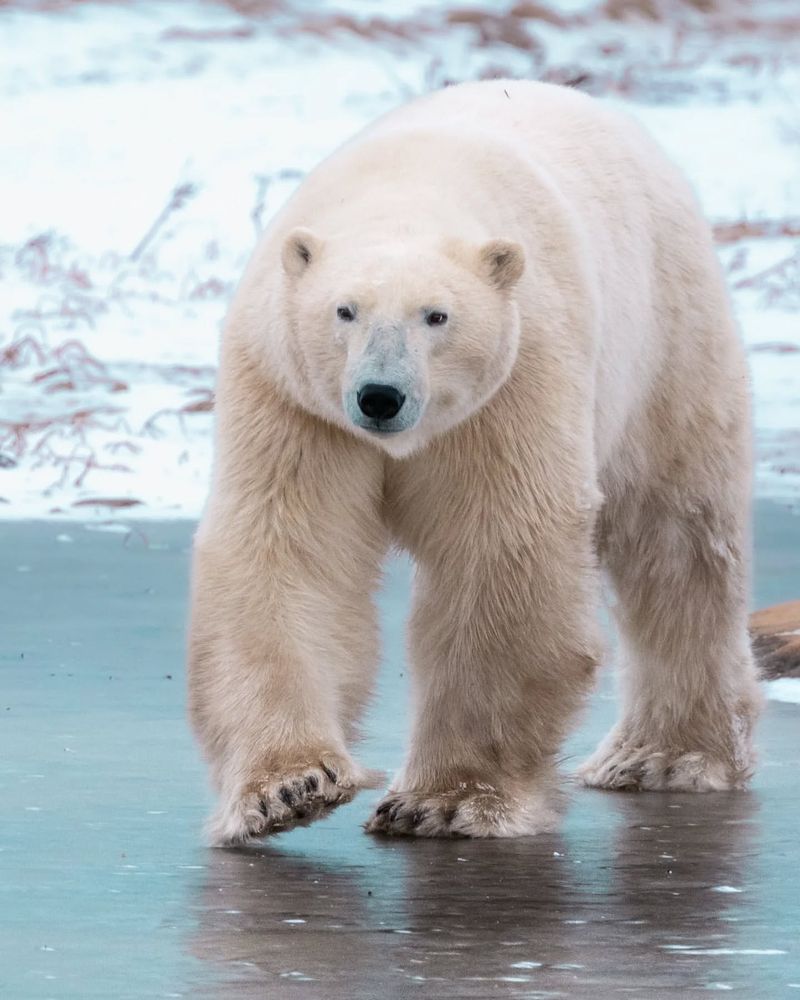
The polar bear, a symbol of the Arctic’s raw power, is a formidable apex predator. With its thick fur and insulating fat, it is perfectly adapted to the harsh, icy environment. These bears are skilled hunters, preying primarily on seals, which they catch by waiting patiently at breathing holes in the ice.
Weighing up to 1,500 pounds, polar bears are incredibly strong and can run at speeds of up to 25 miles per hour. While they are not typically a threat to humans, their unpredictable nature makes them dangerous, especially when food is scarce.
Climate change poses a significant threat to their survival, as melting ice reduces their hunting grounds. Efforts to mitigate global warming are crucial to preserving this iconic species and their habitat. Observing polar bears in the wild should be done with caution and respect for their powerful presence.
12. Tasmanian Devil
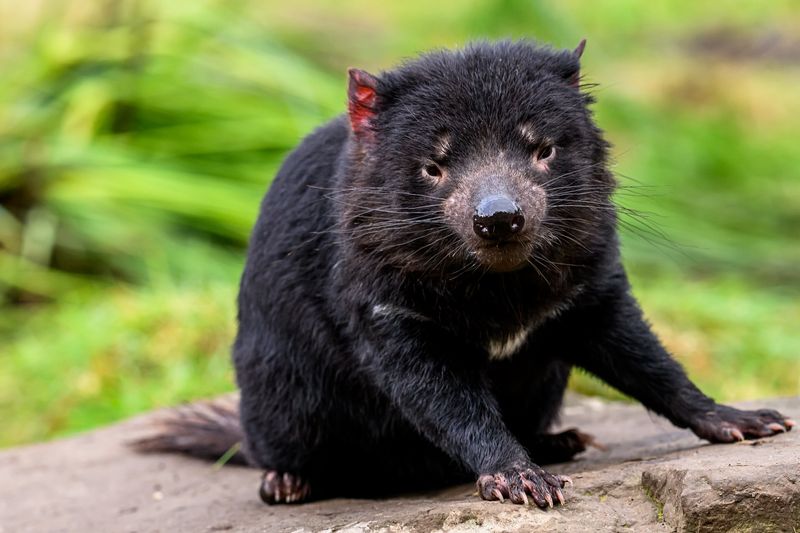
In the wild landscapes of Tasmania, the Tasmanian devil is a creature that lives up to its fearsome name. This carnivorous marsupial is known for its loud, bone-chilling screeches and voracious appetite.
With a powerful bite that can crush bones, it feeds on carrion, playing a vital role in its ecosystem by keeping it clean. Tasmanian devils are solitary and nocturnal, preferring to scavenge under the cover of darkness.
Despite their small size, they can be highly aggressive, especially when competing for food. The species faces threats from a contagious cancer known as Devil Facial Tumor Disease, which has severely impacted their population.
Conservation efforts are ongoing to protect and restore this iconic species. While they may appear intimidating, Tasmanian devils are a reminder of nature’s resilience and the importance of biodiversity.
13. Electric Eel
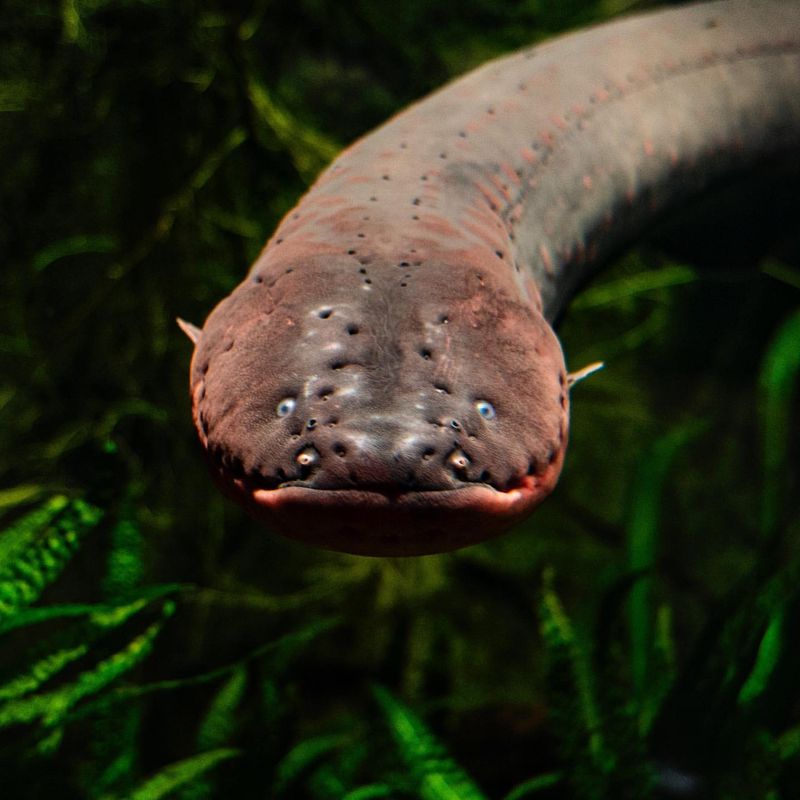
The electric eel is not an eel but a type of knifefish found in the murky waters of the Amazon and Orinoco Rivers. What sets it apart is its ability to generate powerful electric shocks, which it uses for hunting and self-defense.
These shocks can reach up to 600 volts, enough to stun prey and deter predators. Electric eels have specialized cells called electrocytes that store and release electricity, making them unique among freshwater fish.
While they are not typically aggressive towards humans, encounters can be dangerous, especially if multiple shocks are delivered. They rely on poor eyesight and keen electric sensing to navigate and hunt in their dark, aquatic environment.
Their presence is a testament to the incredible adaptations of nature, where even seemingly harmless creatures can possess lethal capabilities.
14. Brazilian Wandering Spider
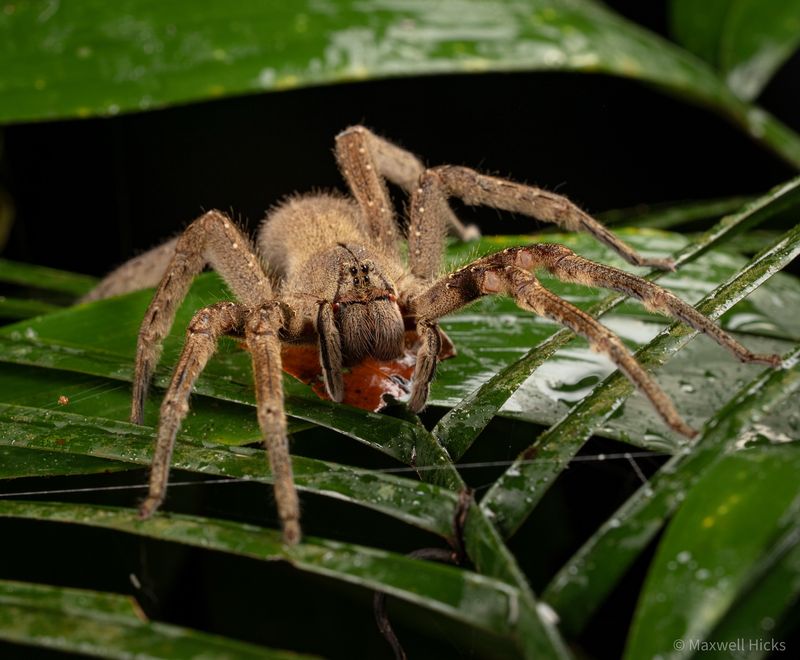
Venomous and aggressive, the Brazilian wandering spider is a creature that instills fear in the rainforests of South America. Known for its potent venom, which can cause severe pain and even be fatal, this spider is considered one of the most dangerous in the world.
Unlike many spiders, it does not build webs but actively hunts its prey at night, earning its name as a “wandering” spider. Its large size and intimidating appearance add to its fearsome reputation. Despite the danger they pose, these spiders play an essential role in controlling insect populations in their habitat.
Awareness and caution are crucial when exploring areas where they reside, as their defensive nature makes them quick to bite when threatened. Respecting their space is key to coexisting safely with this formidable arachnid.
15. Stonefish
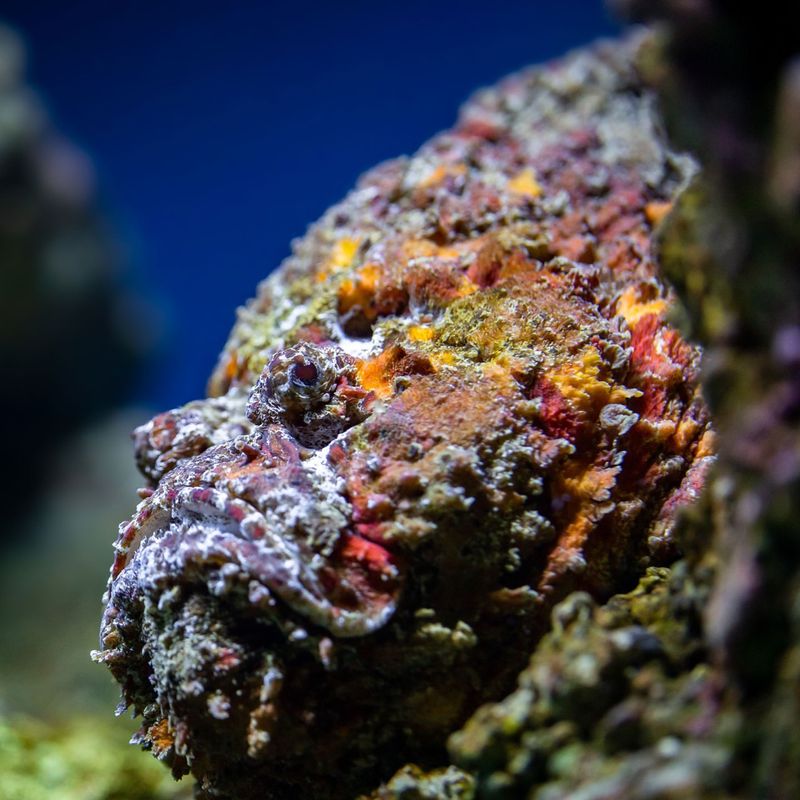
The stonefish is a master of disguise, blending seamlessly with the ocean floor. Found in the coastal waters of the Indo-Pacific, it is the most venomous fish known to humans. Its spines, laden with potent venom, can cause excruciating pain, paralysis, and even end fatally if not treated promptly.
Stonefish rely on their camouflage to ambush prey, remaining motionless until an unsuspecting victim comes close. This same camouflage makes them dangerous to swimmers and divers, who may accidentally step on them.
While encounters are rare, the stonefish serves as a reminder of the hidden dangers lurking beneath the ocean’s surface. Caution and awareness are vital when exploring coral reefs and rocky shores, where these deceptive creatures may reside.
Protective footwear and respect for marine life can help prevent accidents and promote safe interactions with the underwater world.
16. Goliath Bird-Eating Tarantula
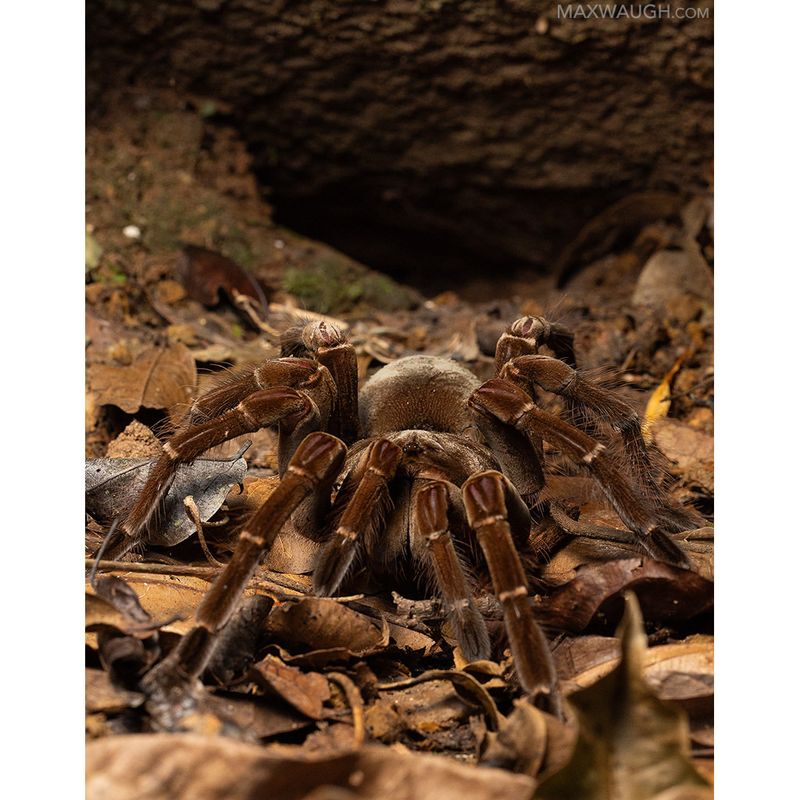
In the heart of South America’s rainforests, the Goliath bird-eating tarantula reigns as the largest spider in the world. With a leg span reaching up to 11 inches, it is a formidable predator, though it rarely preys on birds despite its name.
These tarantulas prefer to hunt insects, rodents, and amphibians, using their size and strength to overpower prey. Their fangs are capable of delivering a painful bite, but they are not fatal to humans unless an allergic reaction occurs.
The Goliath bird-eater’s size and appearance can be intimidating, but they are generally docile unless provoked. They play a beneficial role in controlling insect populations, showcasing the balance of nature’s food chains.
Observing these impressive arachnids from a safe distance allows for an appreciation of their unique place in the ecosystem.
17. Blue-Ringed Octopus
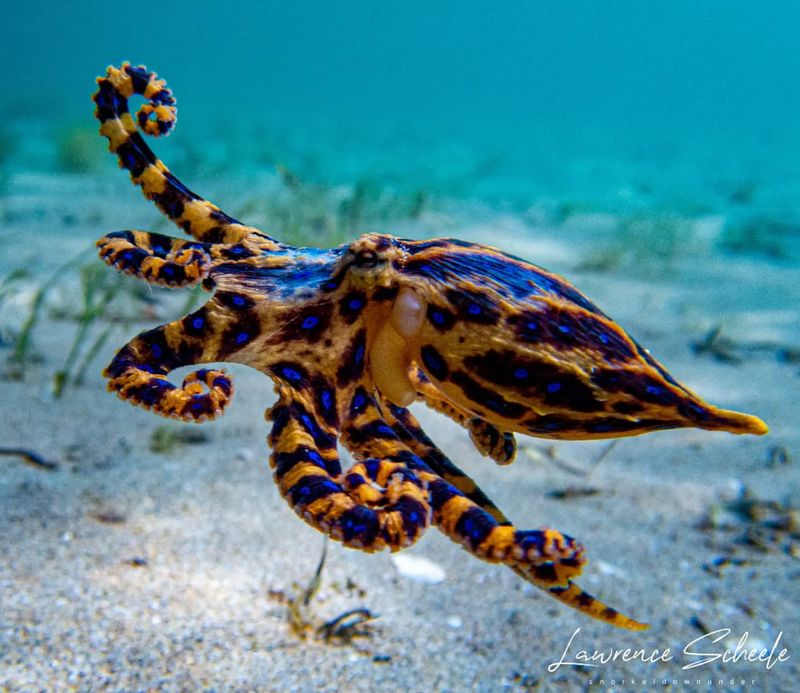
The blue-ringed octopus, despite its small size, is one of the most venomous creatures in the ocean. Found in the tide pools and coral reefs of the Pacific and Indian Oceans, it is easily recognized by its vibrant blue rings that appear when threatened.
Its venom contains tetrodotoxin, a potent neurotoxin that can cause paralysis and respiratory failure. There is no known antidote, and even a small amount can be lethal to humans. Despite its danger, the blue-ringed octopus is not aggressive and typically only bites in self-defense.
Observing these fascinating creatures requires caution and respect for their space, as their lethal potential is hidden beneath their striking appearance. Education and awareness are vital to safely enjoy and protect the diverse marine life where these octopuses reside.
18. Siberian Tiger
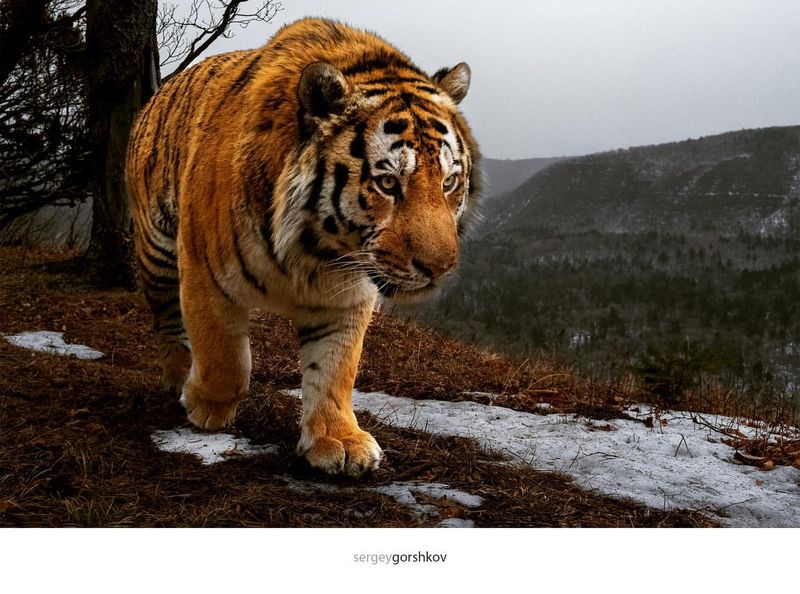
The Siberian tiger, also known as the Amur tiger, is a majestic predator of the Russian Far East. It is the largest of the big cats, with males weighing up to 700 pounds. Their thick fur and powerful build allow them to thrive in the harsh, snowy environments of Siberia.
These solitary hunters rely on stealth and strength to catch their prey, which includes deer and wild boar. They are known for their ability to take down animals much larger than themselves, showcasing their incredible hunting prowess.
While Siberian tigers are not a direct threat to humans, habitat loss and poaching have put them at risk of extinction. Conservation efforts are essential to protect these magnificent creatures and their habitats, ensuring their survival for future generations.
19. Bullet Ant
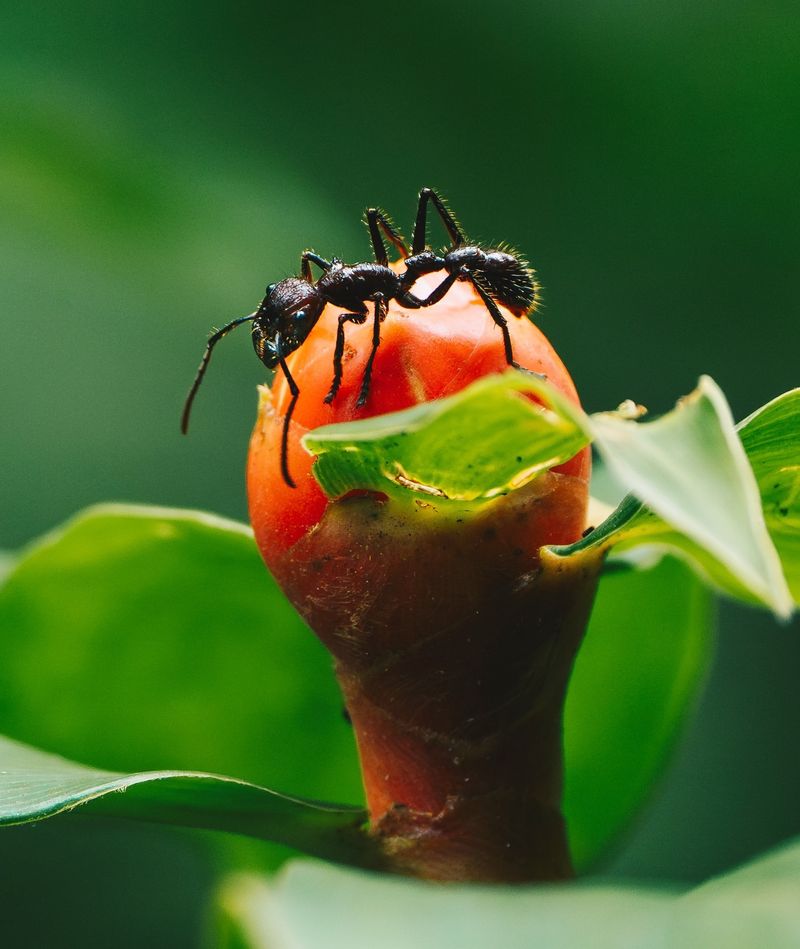
Deep within the Amazon rainforest, the bullet ant prowls with a reputation for delivering the most painful sting of any insect. Its sting is likened to being shot, hence its name, and can cause intense pain lasting up to 24 hours.
These ants are large, reaching about an inch in length, and are highly territorial. They use their potent sting to defend their nests and ward off predators. The pain from their sting is part of an indigenous ritual for some Amazonian tribes, who use it as a rite of passage.
Despite their fearsome sting, bullet ants play a crucial role in the ecosystem as predators of other insects. Caution is advised when trekking through their habitats, as disturbing their nests can provoke an aggressive response.
20. Cape Buffalo
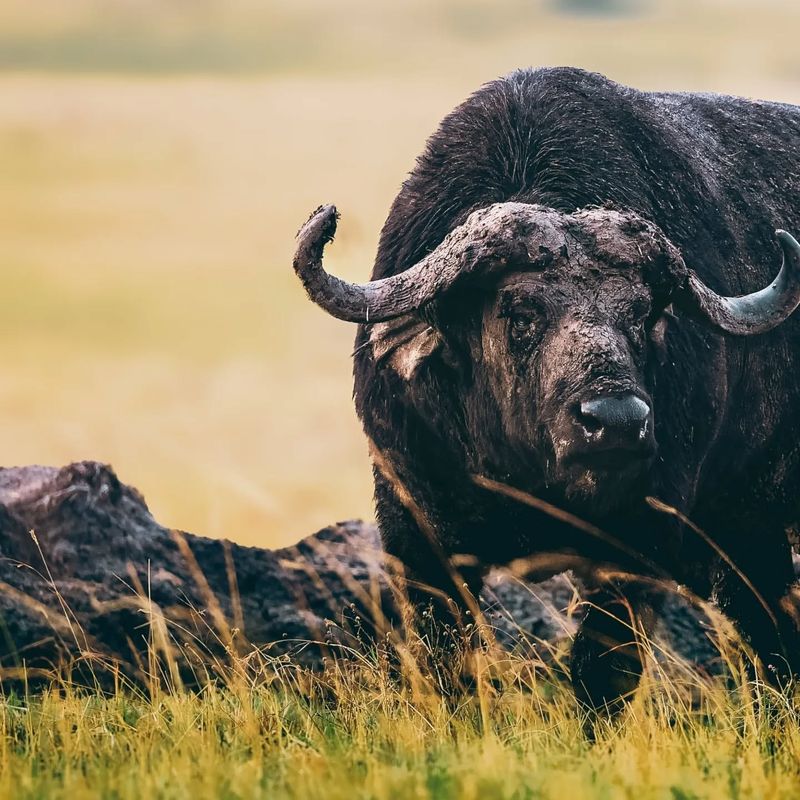
The Cape buffalo is one of the most dangerous animals in Africa. Weighing up to 2,000 pounds, these massive herbivores are known for their unpredictable and aggressive nature.
Their sharp horns and muscular build make them formidable opponents when threatened. Cape buffalo are social animals, forming herds that can number in the hundreds. This collective strength provides protection against predators like lions.
However, they are quick to defend their young and will charge with little warning if provoked. Their aggressive behavior is a reminder of the power and unpredictability of wildlife. Observing them from a safe distance is crucial for safety. C
onservation efforts help maintain their populations, ensuring these iconic animals continue to roam the African plains. The Cape buffalo’s presence is a testament to nature’s raw strength and the need to approach it with respect.

